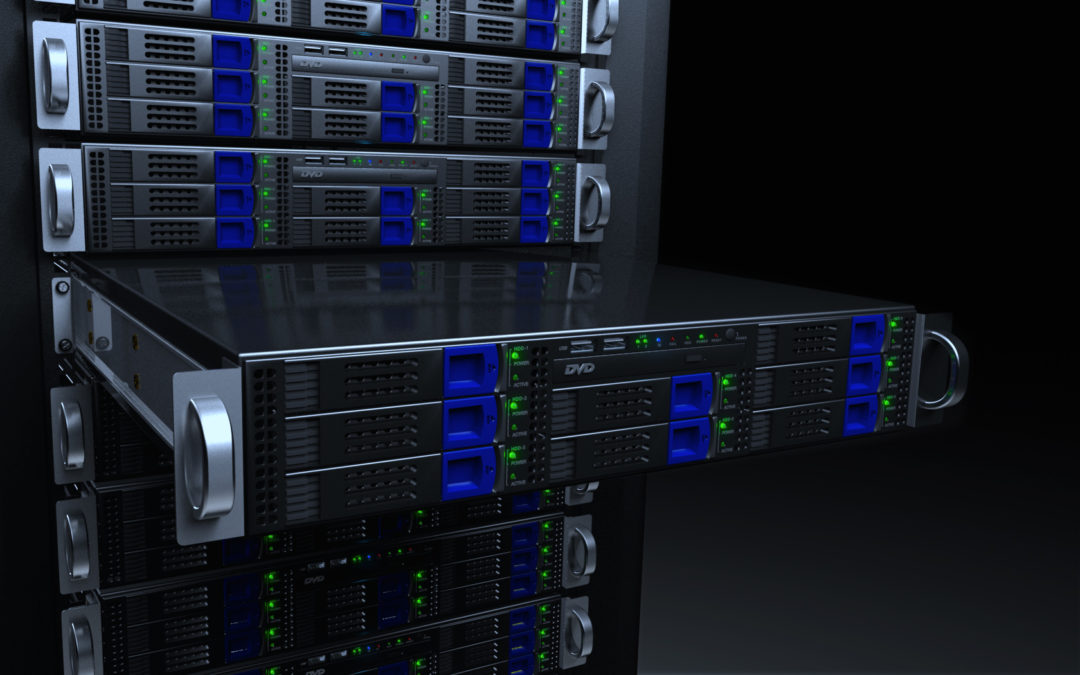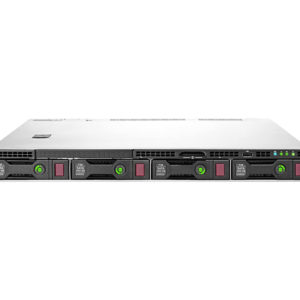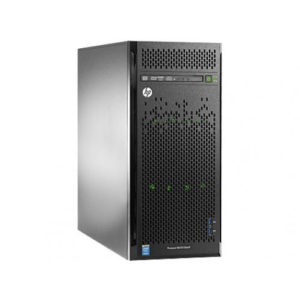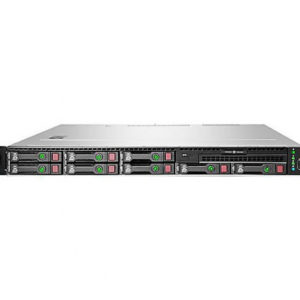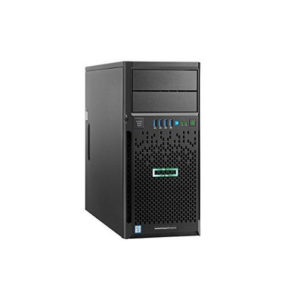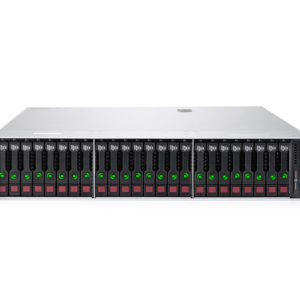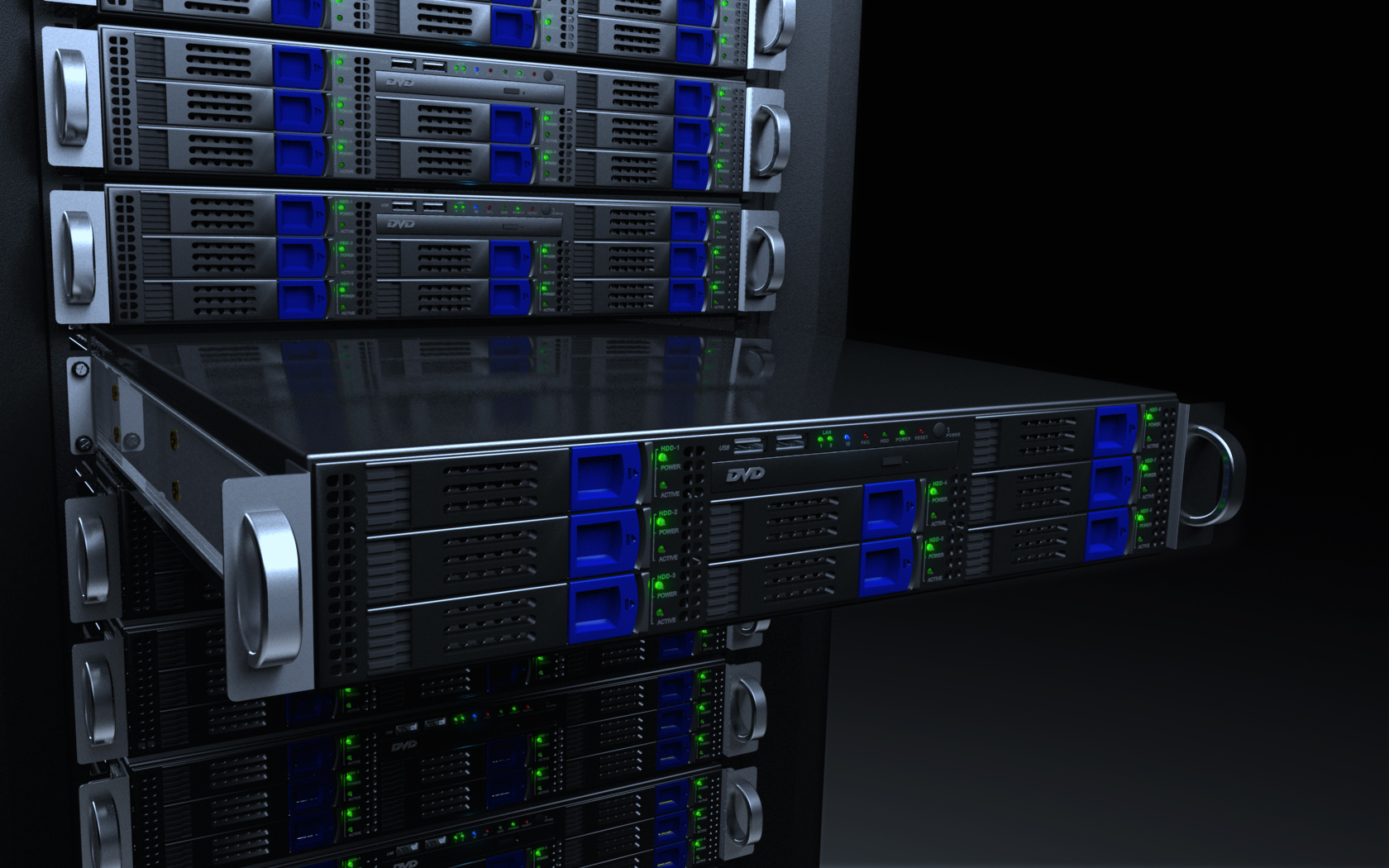
Racks have been specifically designed for this purpose. There are various items available from different manufacturers. You need to consider the following criteria and your requirements to select the best pieces.
Dimensions
The size of the server racks is the most important factor to base your choice on. You have to take into account the type of equipment that you have and its dimensions. Here are some suggestions that will give you an idea of the optimal dimensions for different machines.
Height – The industry standard for height is 42U. U refers to rack unit with one rack unit being equal to 1.75 inches. You are highly recommended to go for items with standard industry height.
Width – There are two standard widths. You can select from 19-inch and 23-inch models. The 19-inch models are primarily used in computing and entertainment. The wider server racks are usually used in the electric and telecommunications industry.
Depth: While in the past the standard depth ranged from 20 to 25 inches, with the introduction of the blade servers, the required depth at present is much higher. Any depth from 35 to 42 inches is considered suitable. It is best to measure your equipment precisely.
Types of Racks
There are two main options to select from. The standard 4-post racks offer support which is sufficient to sustain any weight. The 2-post items are more flexible. The posts can be mounted close to the centre of gravity for optimal support if conventional front panel mounting is not an option. The more flexible models are usually recommended for the telecom industry.
Fastening and Rails
The square-hole server racks are recommended as they allow for bootless mounting of the equipment. This makes the installation of pieces of equipment and their removal faster and simpler. There should be an option for installing rails to the sides. This allows for mounting the equipment directly onto the rails and sliding it in and out with just one swift move. The railing is recommended for pieces of equipment that require constant checks and manual maintenance.
Doors
Server racks commonly have a front door and a rear door. It is best if both can be removed manually for space-saving and improved airflow. In general, the doors should provide good airflow even when closed so that the equipment does not get overly hot. Mesh doors or glass doors with holes should do a good job. Similarly, double back doors opening to the side allows for improved ventilation and space-saving. If additional ventilation is required, you may consider doors and side panels with fans integrated into them.
Cable Management
A cable management system should be in place in the rear part of each frame. Durability and adjustability are essential for any scenario. Check to see if it can hold all of the cables that you use.
Server racks have to be of excellent quality. Consider purchasing only items with a warranty that come from reputable manufacturers.

